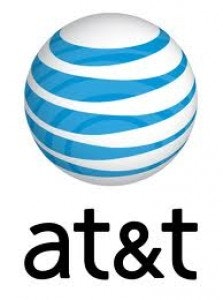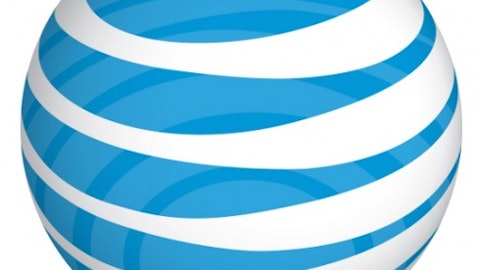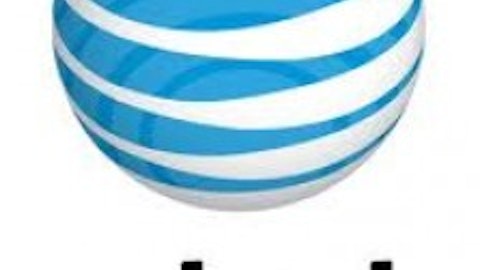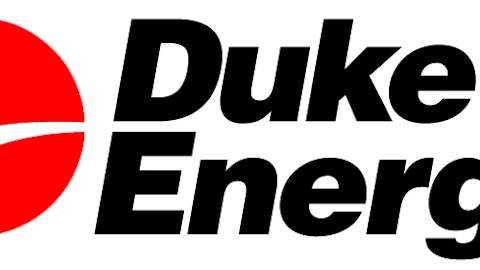 In investing, there is one rule that supersedes all others.
In investing, there is one rule that supersedes all others.
And this rule should be the first thing you consider when building the core holdings in your portfolio.
Legendary investor Warren Buffett put it best:
“Rule No. 1: Never lose money. Rule No. 2: Don’t forget rule No. 1.”
There is no sure thing in investing, and every investment comes with certain risks. However, today I would like to share with you five funds that I believe are some of the safest, most stable investments on the market.
But first, let’s take a look at the investment that most people consider the benchmark of safety: U.S. Treasury bonds.
Treasurys are considered the safest investments in the world because the U.S. government has never defaulted on any debt it has issued. For this reason, Treasurys serve as the benchmark when determining the amount of expected risk for other types of assets.
Today the yield on a 10-year Treasury is 2.6%. This is the benchmark we will use to compare each of the following funds.
While none of the funds we are going to look at could be considered as safe as Treasurys, I would argue that the increased risk is minimal. And the risk you take by investing in any of these funds is more than offset by what you stand to gain.
To properly analyze all five funds, this article will be divided into two parts. Today’s article will focus on one “economic moat” fund and two dividend growth funds. Part 2 will focus on two additional funds that take a slightly different approach.
iShares Trust (NYSE:HDV) tracks the Morningstar Dividend Yield Focus Index, which contains 75 U.S.-based firms screened for qualified dividends. (A qualified dividend is taxable as capital gains.) As a result, this fund does not invest in real estate investment trusts (REITs) or master limited partnerships (MLPs).
All companies in the fund must have a Morningstar Economic Moat Rating of narrow or wide. This focus on economic moats — referring to the sustainable competitive advantages enjoyed by some companies — helps ensure that only the safest, most stable companies make the cut.
StreetAuthority expert Elliott Gue made iShares Trust (NYSE:HDV) one of his top picks in his November 2012 issue of Top 10 Stocks. Here is what he had to say:
iShares Trust (NYSE:HDV) focuses on the market’s biggest dividend payers… but it also only invests in dividend-paying companies with economic moats, as determined by investment research firm Morningstar.
Furthermore, the fund uses Morningstar’s “Distance to Default,” a further measure of a businesses’ financial health. A dividend-paying company also has to rank in the top half of its peers in this measure to be included in the fund’s holdings.
From there, the fund weights the portfolio based on the total amount of dividends paid each year. So AT&T Inc. (NYSE:T) — which at $10.3 billion annually pays more in dividends than any other company in America — is weighted the heaviest.
Because of this, iShares Trust (NYSE:HDV) is weighted heavily toward its top holdings, which are larger companies that pay more in dividends. The top 10 holdings make up more than 60% of the portfolio and have a larger influence on the fund’s returns than the rest of the portfolio.

Now, blue-chip stalwarts like AT&T Inc. (NYSE:T) aren’t the sort of companies that are going to make you rich overnight. But that’s not the point. What we are looking for here are super-safe investments that can still offer you a better rate of return than Treasurys or a simple fund that tracks an entire index like the S&P 500.
iShares Trust (NYSE:HDV) invests in the types of companies that can grow your wealth over time while paying you a steadily rising stream of income. And since its inception in 2011, the fund has done exactly that:
At the time Elliot made his recommendation, shares of HDV were trading for as low as $57.70. Since then the shares have gained over 17% (not including dividends).
Today the fund offers a yield of 3.19 % with an annual expense ratio of 0.4%. At current prices it is trading about even with net asset value. Net asset value measures the value of a fund’s assets minus its liabilities. So shares can be considered fairly valued at today’s prices.
Vanguard Dividend Appreciation ETF (NYSE:VIG)
Vanguard Dividend Appreciation ETF (NYSE:VIG) tracks firms that have raised dividends for at least 10 years in a row. Mergent, the company that created the fund’s benchmark for Vanguard Dividend Appreciation ETF (NYSE:VIG), uses proprietary software to eliminate underperforming stocks that analysts believe will not be able to continue raising dividends.
The names that make up the fund’s core holdings should be familiar to every investor: PepsiCo, Inc. (NYSE:PEP), The Procter & Gamble Company (NYSE:PG), The Coca-Cola Company (NYSE:KO), Abbott Laboratories (NYSE:ABT), and Wal-Mart Stores, Inc. (NYSE:WMT) represent the top five holdings and amount to just over 20% of the fund’s assets.
One of Vanguard Dividend Appreciation ETF (NYSE:VIG)’s most attractive qualities is its low expense ratio. It charges an annual fee of only 0.1%, which is more than made up for by a current dividend yield of 2.2%.
Over the past three years, the fund has performed admirably, up 48% (not including dividends).

SPDR S&P Dividend (ETF) (NYSE:SDY) only holds stocks in the S&P 1500 that have raised dividends every year for the past 20 years. Out of 1,500 candidates, only about 80 companies make the cut. In addition, all companies must have a market cap of at least $2 billion.
The fund uses an interesting yield-weighting strategy that allows it to focus more on mid-cap companies than might be expected. For example, while giant AT&T Inc. (NYSE:T) makes up the largest holding at 2.4%, mid-cap Pitney Bowes is right behind it at 2.39%. By allowing for more mid-cap exposure, the fund also offers more potential for growth.
SPDR S&P Dividend (ETF) (NYSE:SDY) offers a yield of 2.7% and charges an annual expense ratio of 0.35%.
Over the past three years the fund has carved a steady uptrend, gaining 45% (not including dividends).
Risks to Consider: Because these funds focus on safe and steady companies that don’t use a lot of leverage to generate returns, they can tend to underperform during strong bull markets.
Action to Take –> These investments can be considered “Forever” funds. In other words, you can basically buy them, forget about them and hold them “forever.” With funds like these as the core of your portfolio, you don’t need to worry about the day-to-day drama on Wall Street, the latest news from the Federal Reserve, or which political party happens to be in the White House.
When purchasing these funds, the best time to buy is when share prices are trading at a discount to net asset value. But even if prices are relatively even with net asset value, I think the focus on dividend growth and economic moats makes all three a strong buy for any investor.
Stay tuned for Part II of this article, where we will take a look at two more “forever funds” that should be a part of every investor’s portfolio.
– Chad Tracy
Warren Buffett’s Top 5 Stocks Buffett’s firm, Berkshire Hathaway, holds dozens of stocks. But these five make up 75% of its portfolio… worth $65 billion. Click here to get Buffett’s top 5 stocks plus his 16 latest buys, FREE.
.





